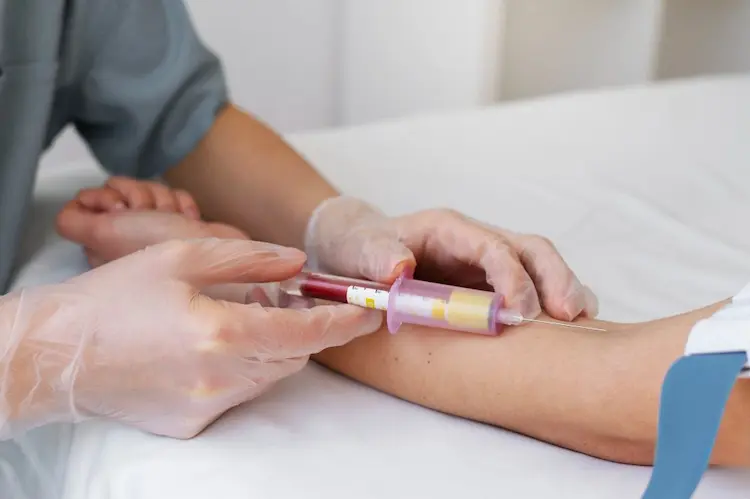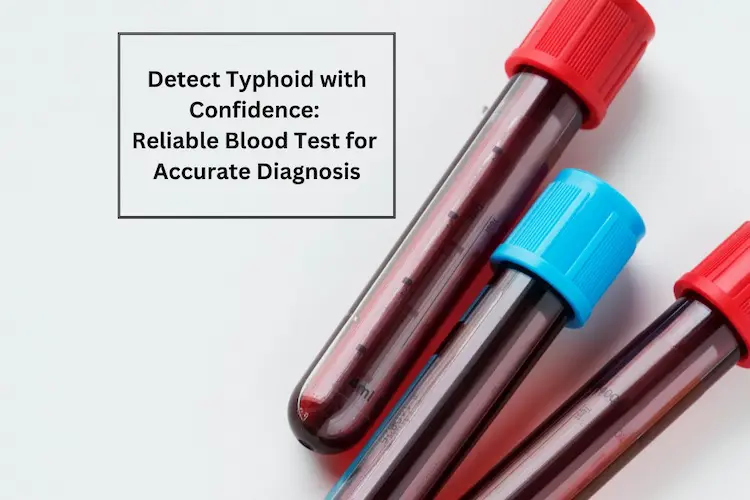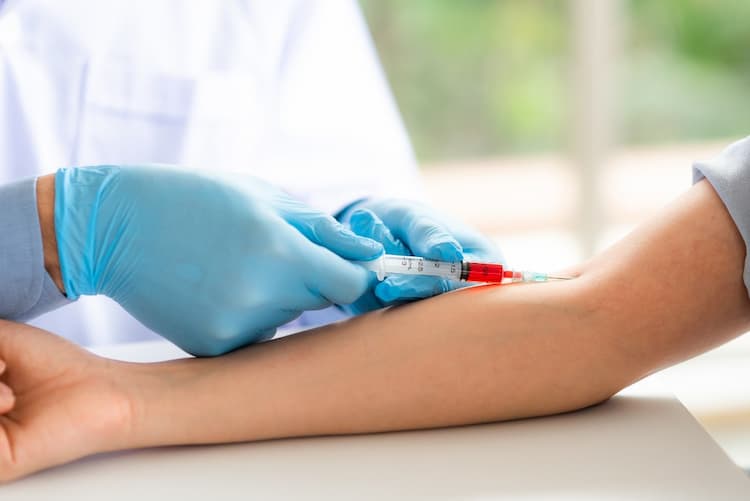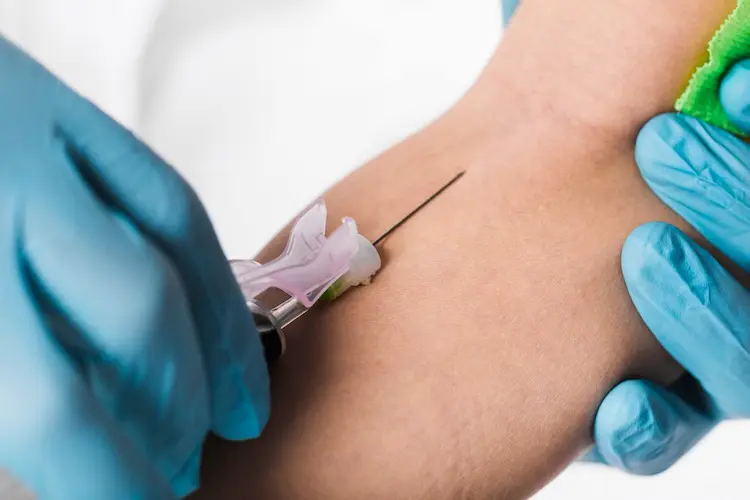Eosinophilia - its meaning, diagnosis, causes, treatment, and its range

Medically Reviewed By
Dr. Ragiinii Sharma
Written By Srujana Mohanty
on Oct 6, 2022
Last Edit Made By Srujana Mohanty
on Mar 18, 2024
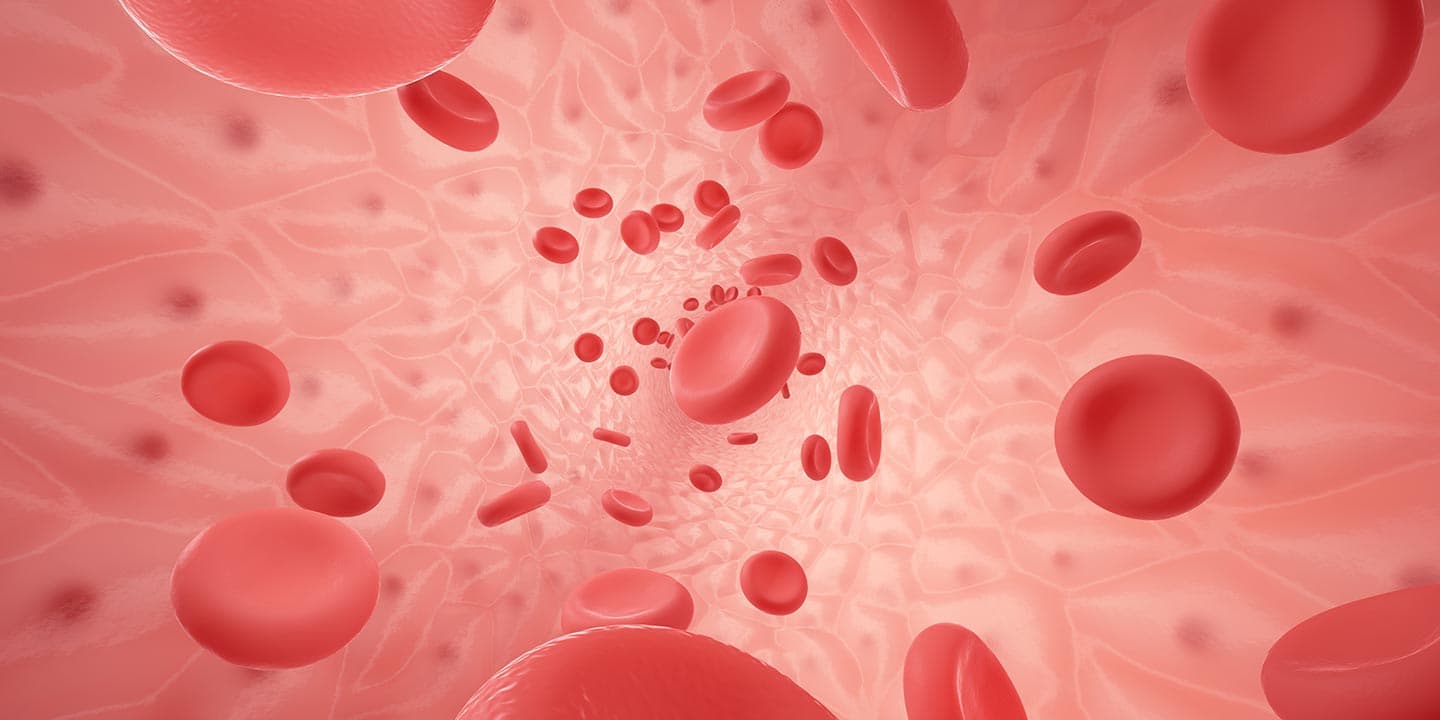
Eosinophilia occurs when the body produces an unusually high number of eosinophils, which are several white blood cells. These cells support the immune system; sometimes, specific medical conditions and medications make eosinophils high. Eosinophils are the white blood cells that help destroy allergens or foreign substances like parasites to attack the immune system. If there is a rise in eosinophil levels, it is called eosinophilia, and some medical conditions cause high eosinophil levels. The condition indicates higher levels of eosinophils in your body or tissue. It is necessary to know the exact eosinophil count and all about it to get an understanding. So let us start with eosinophilia, meaning you should know it well.
What is eosinophilia?
Eosinophilia is a condition with high levels of eosinophils, a type of immune cell generally present in the blood and certain tissues that comprise lymph nodes, spleen, and thymus, along with parts of gastrointestinal, respiratory, and genitourinary tracts. Eosinophil is a specialized cell of the immune system, a white blood cell with a nucleus and two lobes and a cytoplasm filled with more than 200 large granules with enzymes and protein with diverse functions. When the human body wants to attack any kind of substance like allergy-triggering food or airborne allergen, eosinophils respond by moving into the area and releasing many toxins. When the body produces too many eosinophils, it can cause chronic inflammation, leading to tissue damage.
When is eosinophilia serious? What is the normal percentage?
Eosinophilia seriousness depends on the eosinophil count, as the condition can be mild, moderate, or severe. Eosinophils high means a mild condition like drug reaction or allergy, or a severe condition could also cause it like blood disorders. In some cases, high absolute eosinophil counts crowd together in specific body areas and cause medical conditions associated with inflammation that can affect many areas of the human body. Therefore, it is important to have an absolute eosinophil count; however, eosinophilia constitutes about 0.0 percent to 0.6 percent of white blood cells and is measured by a blood sample. If the outcome of the test is not in the normal range, then the doctor will suggest an absolute eosinophil count. It is a blood test to measure the number of one type of white blood cell, i.e., eosinophils. The normal eosinophil count is between 30 to 350 cells per microliter of blood. So if the eosinophil high count is above 350 and the eosinophil low count is below 30.
What are the types of eosinophilia?
As explained above, eosinophils are the type of white blood cell that help off infections and play a vital role in the body's immune system. Therefore, eosinophilia is a condition when eosinophils are high in number, i.e., more than 500 eosinophils per microliter. Eosinophilia is generally of two types :
1. Blood eosinophilia
A person has blood eosinophilia when they have an absolute eosinophil count high in the blood and is detected through a blood test. A count exceeding 500 eosinophils per microliter of blood is considered the eosinophilia condition fault, and a count exceeding 1500 for several months is termed hypereosinophilia.
2. Tissue eosinophilia
It is the type of eosinophilia when the result is excess eosinophils in tissues in the area of inflammation or infection. The condition is diagnosed by taking samples of certain fluids, including mucus from the nasal tissues. If you have this type of condition, then the presence of eosinophils is likely to be normal in the blood.
What is the Structure of eosinophils?
Eosinophils have many key features, as it comprises of :
- A membrane that surrounds the cell
- It has a liquid inside the cells known as cytoplasm that surrounds the granules.
- It has a nucleus with two lobes.
- It has about 200 microscopic granules that release substances like cytotoxins that help to kill unwanted cells.
What role is played by Eosinophils in your body?
Eosinophils are formed specifically in the bone marrow, where they spend about eight days in the maturation process before they move to blood vessels. The functions of eosinophils are varied and sometimes the same as other white blood cells. It also has a physiological role in organ formation too. Eosinophils have many functions, including killing cells, inflamed areas, trapig substances, anti-parasitic and bactericidal activity, and modulating inflammatory responses. In addition, Eosinophils play two types of roles in your immune system. They are mentioned below:
Destroy forign substances
Eosinophils consume foreign substances as they fight with them related to parasitic infection. These infections are responsible for the destruction of the immune system.
Regulate inflammation
Another role of eosinophils in the body is to promote inflammation which is beneficial for isolating and controlling a disease site. However, in some cases, inflammation may be greater than required, leading to problematic symptoms or tissue damage.
What are the causes of eosinophilia?
Eosinophilia is a medical term given to a condition for an increased eosinophil count in the body. These are the type of white blood cells, when increased, which may indicate an underlying health concern. Eosinophils high mean you have to consult a doctor. However, there are many reasons or causes of eosinophil high count in the human body as it is elevated for many reasons. Some of the causes are benign and just need a little treatment, but in some cases, the elevated count cannot be resolved without the best treatment. Many conditions cause high eosinophil counts in the blood.
- Some conditions like seasonal allergies, asthma, and reactions to medications are common and not serious, though.
- In some cases, infections from parasites can lead to eosinophilia
- Problems with immune regulation can also cause the condition, including autoimmune diseases like inflammatory bowel disease, autoimmune myocarditis, sarcoidosis, and vasculitis.
- In a few cases, blood cancers that make cells inappropriate can also cause absolute eosinophil count high.
- Lastly, genetic changes that are hereditary and passed on by biological parents can also cause eosinophilia.
What are the symptoms of eosinophilia?
The condition does not always cause symptoms; however, the reason behind the absolute eosinophil count high will determine the symptoms linked with it. If the count is mildly high, you may not experience any symptoms. However, some common symptoms are:
- Itching
- Rush
- Asthma
- Diarrhea if it is because of parasite infection
- Runny nose if it is due to allergic problems
What happens if eosinophil counts are high?
Eosinophil count is a blood test measuring the body's quantity of eosinophils. Inappropriate eosinophil levels are discovered by a routine complete blood count CBC test. The test result can show high, low, and normal eosinophil count. For example, if your absolute eosinophil count is normal, then it will be low than 500 eosinophil cells per microliter of blood, and in children, the levels vary with age. On the other hand, if you have more than 500 eosinophil cells per microliter of blood, then the result shows eosinophils are high. The reasons are:
- An infection by a parasite
- An autoimmune disease
- Several allergic reactions
- Eczema
- Asthma
- Seasonal allergies
- Leukaemia and certain other cancers
- Ulcerative colitis
- A drug reaction
- An organ transplant rejection
If eosinophil counts are high, it is called an eosinophilic disorder or hypereosinophilic syndrome. Some eosinophilic disorders are named as per the body parts they are affected:
- Eosinophilic fasciitis - it is a fascia disorder.
- Eosinophilic pneumonia - will affect your lungs,
- Eosinophilic cystitis- is a bladder disorder,
- Eosinophilic gastrointestinal disorders include eosinophilic esophagitis, which affects your esophagus, colon, stomach, and small intestine.
- Eosinophilic granulomatosis with polyangiitis - affects the lungs, heart, sinuses, and other organs and is also known as Churg Strauss syndrome.
- Hypereosinophilic syndrome is a rare condition associated with high-level eosinophilic count and affects the heart, central nervous system, skin, and respiratory tract.
What are the conditions linked with eosinophil low count?
Eosinophil low count can be due to intoxication from alcohol or excessive production of cortisol which is the hormone naturally produced by the human body. It can also be due to the time of the day; the absolute eosinophil count can be low in the morning and high in the evening. Low eosinophil count is not a matter of concern unless other white cell counts are also low; if all are low, it signals a problem with the bone marrow. However, as per some research, low eosinophil levels could indicate health problems like sepsis and other infections. If a person has a sign of infection and a low count, doctors identify the type of bacteria involved and how to treat it.
How to treat eosinophilia?
Eosinophils high treatment is done after its diagnosis. Healthcare providers will discover the condition during a routine blood test called a complete blood count with a differential white blood cell count. The result of the absolute eosinophil count will decide the treatment. If needed, the doctor may also do more tests to find the cause of the absolute eosinophil count higher low. Generally, treatment is done if a person has an eosinophil higher than normal. The treatment varies and depends upon the cause:
- The doctor may prescribe steroids or other medications if a person has eosinophilic esophagitis.
- If a person has high eosinophil levels due to allergies or chronic sinusitis, then a doctor may recommend allergy testing to know the appropriate cause because of which triggered.
- If a person has a condition because of any medication, the doctor will recommend stopping or avoiding it immediately.
- If there is any kind of infection, then a doctor will treat it, and if there is blood cancer, the doctor will treat it accordingly.
How to prevent eosinophilia?
Eosinophilia is a condition with high eosinophils, as indicated in the doctor's test. He has cause for concern and will conduct further tests to know the exact reasons for the absolute eosinophil count high. If the numbers are too high, it is called blood eosinophilia. It is known as tissue eosinophilia when it is high in the tissues and in some localized areas of infection. Some prime symptoms of eosinophilia include paleness of hands, coughing, sneezing, exhaustion, and many forms of skin eruptions. A count above 1500 eosinophils over a period of several months is termed hypereosinophilia. You must consult a doctor if you experience any of the symptoms. However, the condition can be prevented too if taken precautions to reduce incidences of the condition. You can prevent eosinophilia by following certain precautions :
- Maintaining personal hygiene
- Living in a clean environment
- Avoid uncooked meats, fish, prawns, etc.
- Avoid liquids that are not been boiled
- Wash all veggies and fruits to avoid parasites
- Avoid certain medicines and metals that can trigger and induce allergies.
- Use precaution during sexual activities.
Takeaway
When the doctor detects the underlying cause of eosinophilia, they will start the eosinophil high treatment. They can recommend several tests to help them diagnose, and in a few cases, diagnosis and treatment will be needed to be carried out by a specialist. Discuss your present condition with the healthcare provider and many other details, like complications that might trigger such a problem. Eosinophilia occurs, which means your body has an abnormally high count of eosinophils, and many get diagnosed with routine blood tests. Also, remember eosinophils high means high count but usually not accused of concern. In many cases, the doctor will recommend more tests to discover the cause of excessive eosinophils.
FAQs
1. What will happen if a person has a high eosinophil count?
If a person has an absolute eosinophil count high, then it indicates that the body is producing eosinophils against the virus, parasites, and bacteria.
2. What cancers can cause eosinophils to be in high condition?
Certain cancers can cause the condition:
- Colorectal cancer
- Lung cancer
- Lymphoma
- Leukaemia.
3. What is the common cause of eosinophils, high count?
The most common cause is parasite infection, including trichinosis, strongyloidiasis, ascariasis, and schistosomiasis.
4. Which foods increase eosinophils?
There is a strong connection between food allergies and eosinophilic esophagitis. However, six foods are linked with an allergic response, including dairy, nuts, wheat, soy, eggs, and seafood.
5. What percent of eosinophils is high?
If the absolute eosinophil count is more than 450 to 550 cells, it is considered high.
6. What is eosinophilic asthma?
It is like another type of asthma that causes inflamed airways that are blocked by fluid or mucus and make a person difficult to breathe. It has abnormally high levels of a specific type of white blood cell called eosinophils and develops between the ages of 25 to 35. the condition can b difficult to treat and may have a detrimental effect on a person's life.
7. What is eosinophilia-myalgia syndrome?
Eosinophilia, also known as EMS, is a rare condition that leads to inflammation in multiple body parts, including skin, lungs, and muscles. The condition causes absolute eosinophil count high and can cause many serious complications.
8. What to expect if people suffer from eosinophilia?
People with eosinophil high levels may require treatment for the underlying condition that leads to elevated levels.
